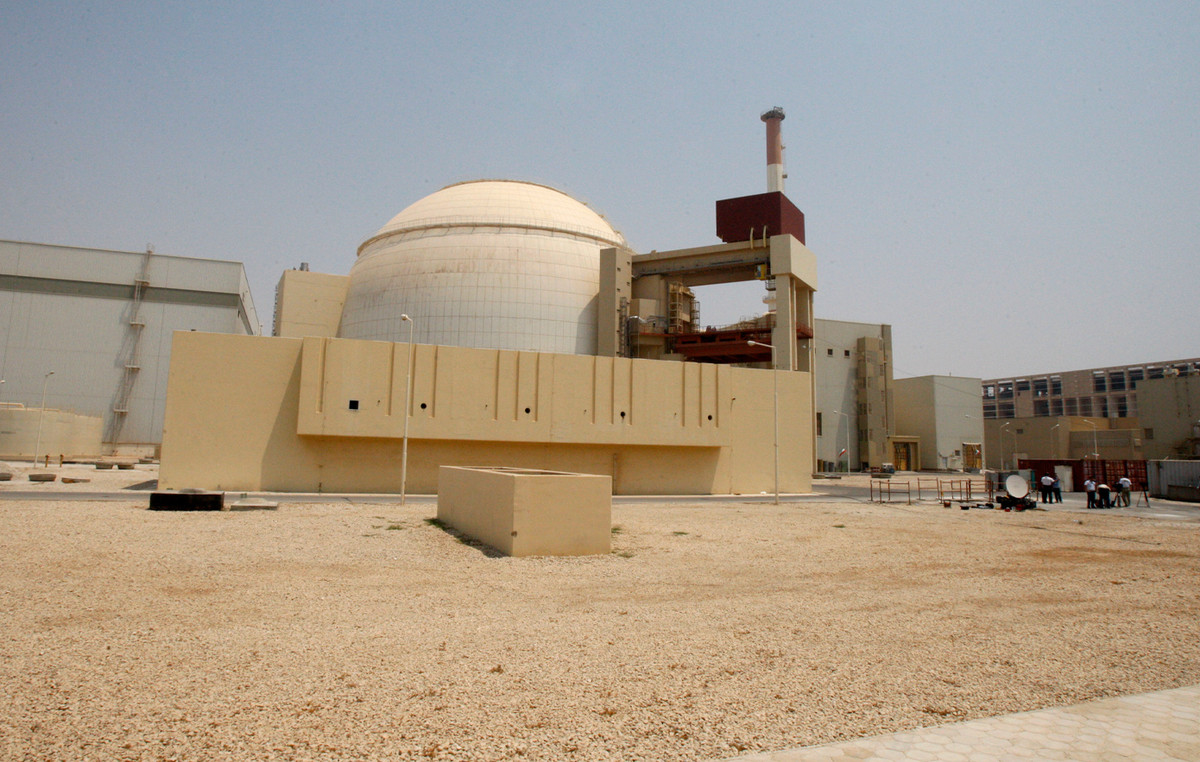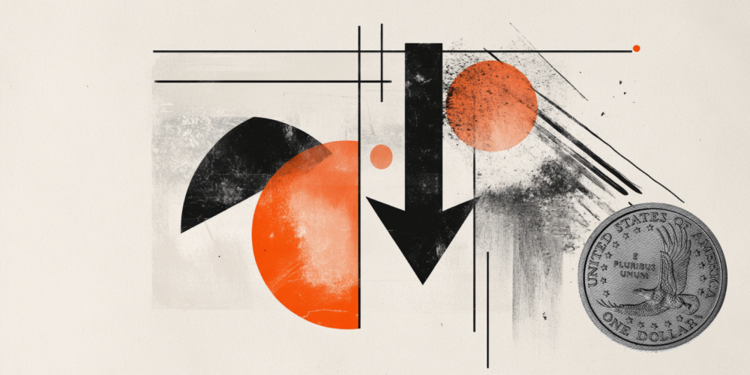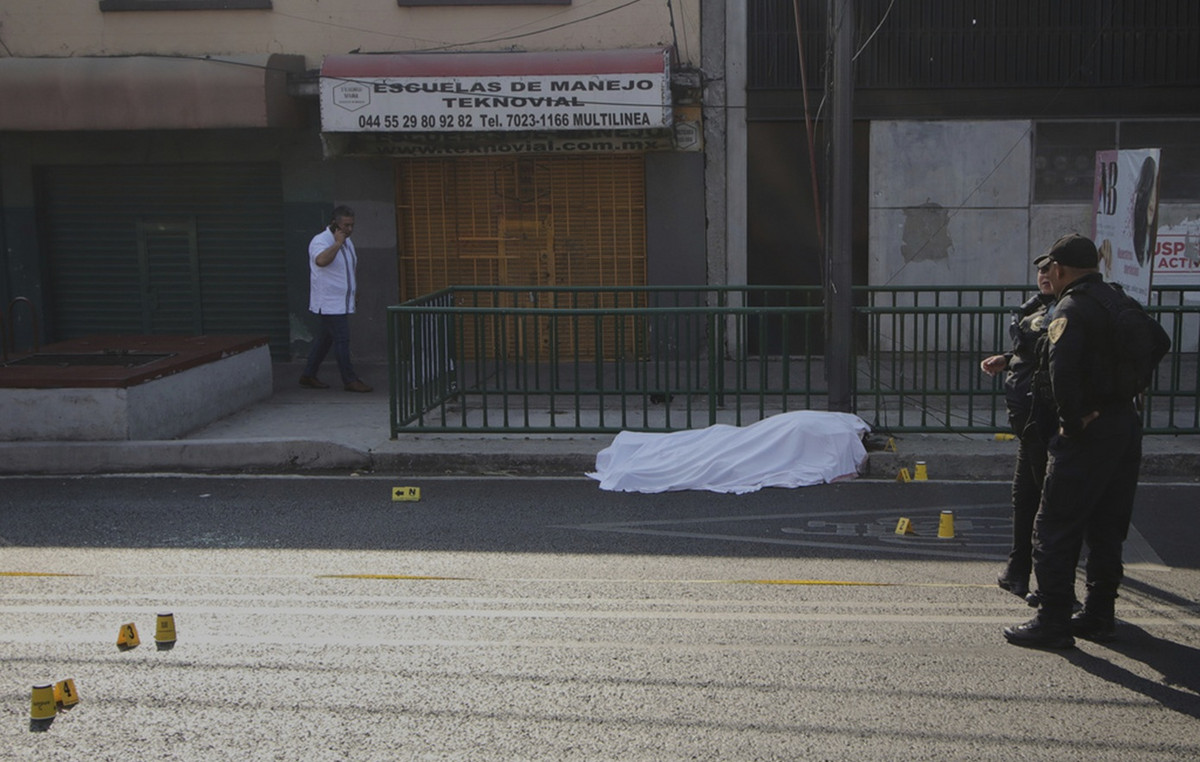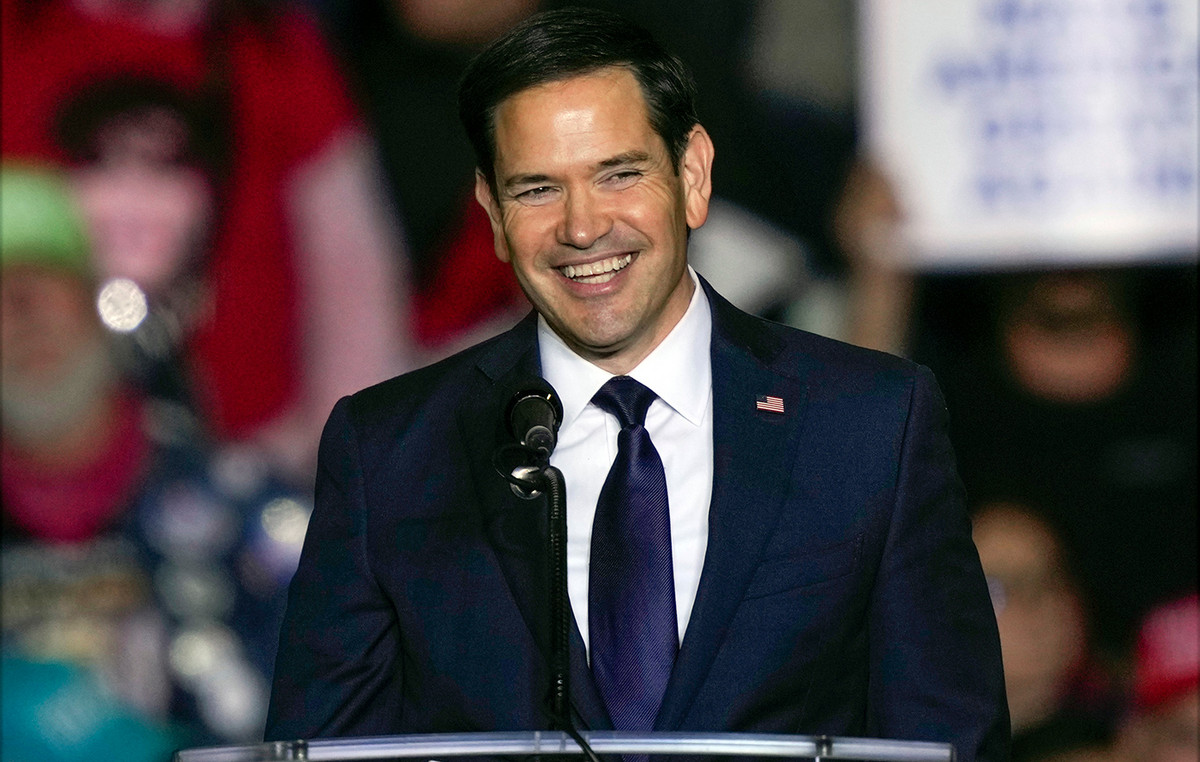With much of Moscow’s $640 billion in reserves held in the West and sanctions hampering the flow of capital across borders, investors fear Russia is heading for its first hard-currency sovereign debt default.
On Wednesday, foreign investors were effectively stuck with their positions in ruble-denominated bonds – known as OFZs – after the Russian central bank temporarily stopped paying coupons and the Euroclear settlement system stopped accepting Russian assets.
A ruble debt default is unprecedented – Moscow reneged on OFZs during its 1998 financial crisis, but even then it kept paying US dollar bonds. Before the latest devastating sanctions from the West that froze central bank assets, such a default was not on anyone’s radar.
This is in part because Russia, which classifies its Ukrainian stock as a “special operation,” has just $40 billion in international bonds across 15 dollar- or euro-denominated issues — a very low volume compared to its peers. and its own Gross Domestic Product.
Bonds had generally been trading well above their par value until mid-February, with investors ignoring Moscow’s troop buildup on the Ukrainian border and US warnings that an invasion was imminent.
Two weeks later, bond investors now reckon that a default is no longer a distant prospect. Russia’s risk premium has soared and credit default swaps – derivatives used to hedge against exposure – are at record highs.
And some dollar bonds are now priced below $0.30, with abysmal trading volume.
Foreigners, who hold about half of Russia’s hard-currency debt, are focused on March 16, when the country would need to pay $107 million in coupons on two bonds.
“Will Russia pay or not? There is very significant uncertainty at this point, following the sanctions imposed on Russia’s central bank and the finance ministry,” said Marcelo Assalin, head of emerging debt markets at financial services firm William Blair in London, which holds some of the debt. russian.
JP Morgan and the global banking lobby group the Institute of International Finance (IFI) have warned that there is significant growth in the risk that Russia could be heading for its first foreign debt default.
After March 16, a further $359 million is due on the 31st of this month for a 2030 bond. The first principal payment is due on April 4, when a $2 billion bond matures.
without Swift
In theory, Russia has ample reserves to cover debts. In practice, the asset freeze reduced what the central bank has available for payments.
Second, executing payments will be more complicated after sanctions limit Moscow’s access to the Swift global payments system. And finally, the asset freeze undermines Russia’s ability to defend its currency, increasing the cost of foreign debt.
“Freezing foreign exchange reserves can greatly weaken the ruble and raise fears of a default for sovereigns and corporates,” said Dirk Willer, director of macro, asset allocation and emerging markets strategy at Citi in New York.
The central bank and finance ministry did not respond to Reuters’ request for comment on the possibility of a default.
Source: CNN Brasil
I am Sophia william, author of World Stock Market. I have a degree in journalism from the University of Missouri and I have worked as a reporter for several news websites. I have a passion for writing and informing people about the latest news and events happening in the world. I strive to be accurate and unbiased in my reporting, and I hope to provide readers with valuable information that they can use to make informed decisions.







